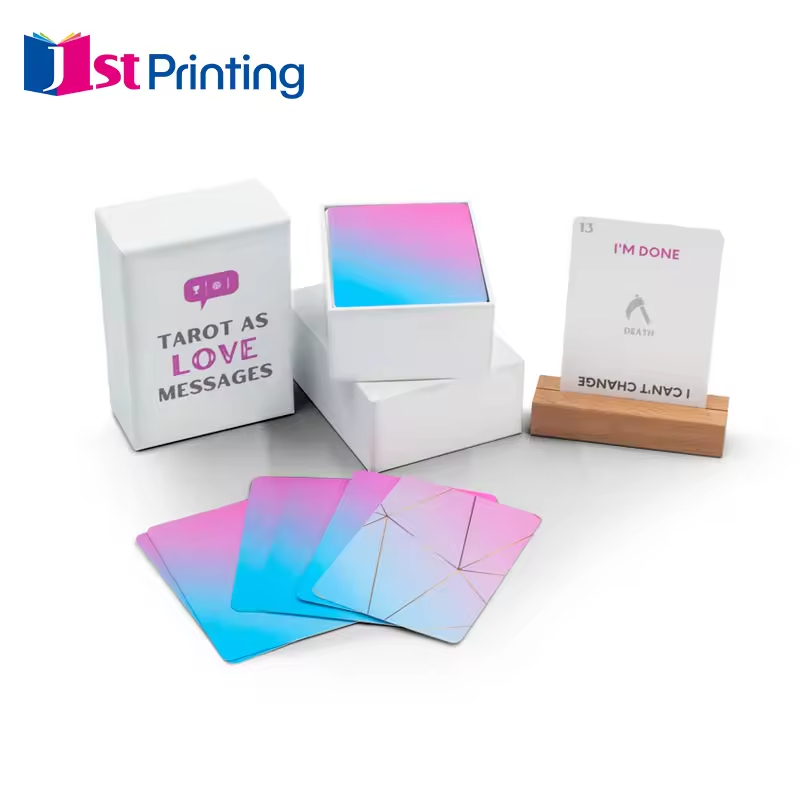Tips for Designing Interactive Children’s Books
Understanding Interactive Children's Books
Kids' interactive books really get young readers involved in stories instead of just sitting there listening. What makes these different from regular picture books? They have all sorts of cool stuff built right into them. Think about those flaps you lift up, textured pages to feel, maybe even some parts that light up or make sounds when kids interact with them. Some versions let children actually talk to the book or shake it for effects. The whole point is turning reading into something active rather than passive. Instead of just following along, little ones become part of what's happening on the page. They might choose which path the story takes next or help characters solve problems throughout the tale.
When kids' books include interactive elements, it really helps with how well they understand what they're reading and just makes the whole experience more fun. Research points to something interesting here too many kids remember what they read better when they get to do things while reading rather than just sitting there passively. Interactive features work because they hit different senses at once, which seems to stick in memory longer. What we see is that when children actually participate in their reading, it becomes more than just entertainment. They start asking questions about what happens next, imagining different scenarios, all while building those important reading skills for later on. And honestly? Kids who interact with their stories tend to become lifelong readers as well.
The Benefits of Interactive Children's Books
Kids really get into interactive books because they keep them engaged for longer periods. These aren't your regular picture books though. They come with all sorts of cool stuff built right in like pull-out flaps, different materials to touch, and sometimes even little noises when pages turn. Some studies have found that kids tend to spend about 15% more time with these kinds of books since they want to explore everything themselves rather than just looking at pictures. When children actually interact with what's happening in the story, something changes inside them. Instead of sitting there listening quietly, they become part of the action, flipping pages, pressing buttons, and getting excited about what happens next. This hands-on experience makes reading something special instead of just another chore.
Interactive kids' books really help build those all important thinking skills. Many of these books include little problems to solve, which gets kids making guesses about what happens next and working things out for themselves while reading along. Take those storybooks where kids have to pick choices or figure out puzzles hidden in the pages. They actually get to test ideas and see what works best, which helps their brains stay flexible when facing new situations. When children work through these kinds of challenges regularly, they start thinking more on their own without always needing someone else to tell them what to do. These thinking habits become super valuable later on when tackling schoolwork or dealing with real life problems down the road.
Creating Interactive Features for Children's Literature
Children's books these days come with all sorts of interactive stuff that works for different ways kids learn best. Some have things to touch and feel, others pop up when opened, and now there's even augmented reality stuff too. The textured pages and lift-the-flap parts really grab those kids who love touching things while they read. Pop-up books are amazing because they jump out at you from the page, giving kids something cool to look at and helping them understand space better. And let's not forget about the new digital stuff where phones can bring characters to life right on the page. This kind of tech appeals to kids growing up with gadgets everywhere, making reading feel less like sitting still and more like playing around with stories.
Adding tech to interactive books really helps kids stay engaged longer. Authors and publishers are increasingly turning to apps and websites alongside regular books these days, mixing real pages with digital stuff. Take Ocean: A Photicular Book for example. The app version comes alive with extra pictures and sounds that go hand in hand with the actual book, giving kids a chance to dive deeper into underwater worlds than they ever could just flipping through paper pages. There's also My PlayHome, where kids can actually play around with characters from their favorite stories instead of just reading about them. These kinds of tech additions do more than just entertain though. They open doors to learning experiences that traditional books alone simply can't offer, making stories come alive in ways that stick with young minds long after the last page is turned.
Featured Products for Creating Interactive Experiences
When creating engaging and interactive experiences for children, the right tools can make a significant difference. Here are some products that can enhance creativity and learning through interactive experiences.
- Custom Transfer Printing Rose Gold Foil Spiral Organizer Hardcover Journal Diary Notebook Wedding Planner: This elegant planner is not just for adults. It can be transformed into an interactive tool for children's creative writing and planning. The planner's high-quality paper and vibrant printing provide a perfect canvas for kids to express their ideas and stories. It encourages children to organize their thoughts, set goals, and unleash their creativity through writing and planning activities.

- Water Proof Cards Printing Moisture-Proof, Splash-Proof Card Printing Services: These durable cards are ideal for storytelling activities whether in the classroom or at home. Their moisture-proof nature ensures they remain intact even in active environments. They can withstand frequent handling, spills, and weather elements, making them a perfect tool for interactive storytelling where kids can use them over and over again without damage.

- Wholesale Custom Oracle Cards Game Card: Custom oracle cards serve as excellent resources in game-based learning and educational contexts. They are versatile tools that can enhance reading activities by infusing elements of play and imagination. By incorporating these cards into storytelling and educational games, children can enjoy a more engaging and enriching reading experience that stimulates both their minds and imaginations.

These products not only facilitate creative expression but also ensure that every child's learning and writing journey is enriched with interactive, hands-on experiences.
Successful Interactive Children's Books Examples
Hervé Tullet's Press Here takes interactive reading to whole new level. Kids don't just read this book they actually interact with it through fun commands like pressing colorful dots, tilting the pages, or even giving the book a good shake. When they do these things, amazing stuff happens right before their eyes on subsequent pages. What makes this special is how every little action affects where the story goes next creating that magical feeling while also making kids feel powerful. The physical interaction turns regular storytelling into something kids participate in actively instead of sitting back and listening passively.
Christie Matheson's "Tap the Magic Tree" brings the seasons to life through interactive pages that teach kids about cause and effect in a fun way. When little hands tap, swipe, or even squeeze certain parts of the book, something magical happens—the tree changes right before their eyes! One moment it might be sprinkling leaves, then blooming flowers appear, followed by gentle snow falling from the branches. These transformations follow nature's own rhythm pretty closely. What makes this book special isn't just how engaging it is for toddlers, though that's definitely part of it. The real value comes from teaching young minds about how things work in the natural world. Kids learn that when they do something (like press a spot on the page), something else happens as a result. This simple yet powerful concept helps build those important thinking skills from an early age without feeling like traditional learning at all.
Tips for Encouraging Children to Engage with Interactive Books
Getting kids interested in interactive books often requires some creative approaches from grown-ups during story time. Parents and teachers find that asking kids questions about what's happening in the book really works wonders. When we talk about characters or events while reading together, it gets little minds thinking about the plot and sharing their thoughts. Another great trick is getting kids to do things along with the story. Maybe press buttons on the page, clap when something exciting happens, or point at pictures as they appear. These physical activities create a stronger bond between child and story. Kids remember stories better when they're not just listening but actually doing something while the tale unfolds around them.
A fun and welcoming space for reading really matters when kids interact with books. Parents and teachers often create cozy corners where kids can curl up with stories. These spots usually have little things that go along with whatever book they're reading right now. Maybe some soft stuffed animals if it's a tale about animals, or tiny pirate hats for seafaring adventures. The idea is to get those young minds curious about what happens next. Also worth mentioning? Keep the room quiet enough so kids aren't constantly distracted by noise from outside or bright lights that hurt their eyes. When everything comes together just right, reading stops being something we do because we have to, and starts feeling like going on a real adventure instead.
Conclusion: Enhancing Literacy Through Interactive Elements
When we add interactive features to what kids read, it really helps them develop literacy skills. Research has shown time and again that when children interact with stories while reading, they tend to understand better and stay engaged longer in their early school years. The benefits are pretty clear actually. Interactive books just plain make reading fun for most kids, which is great because it builds those important learning habits that stick around throughout life. Teachers and parents have noticed this effect firsthand in classrooms across the country.























